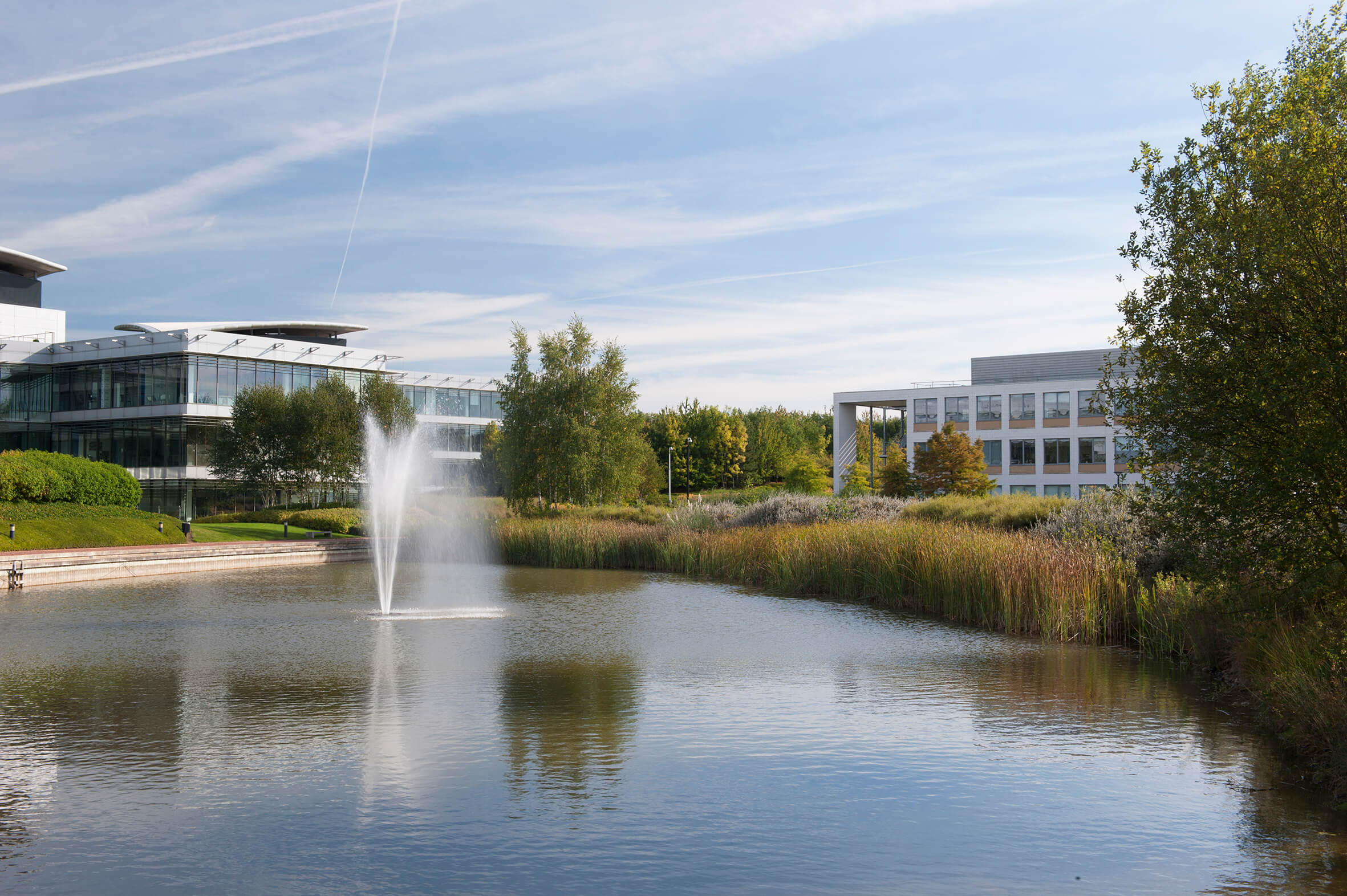Chlorine
Critical Minerals and The Energy Transition
Navigating the Chlorine Market
Chlorine is a foundational element of the global chemical industry, essential to a wide array of applications including water purification, disinfection, the manufacture of polyvinyl chloride (PVC), pharmaceuticals, and agrochemicals. Its high reactivity and efficacy in destroying pathogens make it indispensable in public health infrastructure, while its derivatives underpin the production of numerous industrial and consumer goods. Despite its widespread utility, chlorine presents significant environmental and safety challenges. As a toxic and corrosive gas, its handling and transportation are subject to strict regulatory oversight. Concerns over emissions, accidental releases, and the generation of persistent by-products such as dioxins have intensified scrutiny of chlorine-intensive processes. This has driven ongoing innovation in cleaner production methods and encouraged the adoption of more sustainable technologies across the chlorine value chain. Yet, the global reliance on chlorine remains substantial. Its role in safeguarding water quality, supporting essential manufacturing sectors, and enabling modern sanitation ensures enduring demand. The chlorine market’s evolution is shaped by the tension between maintaining essential supply and addressing the health and environmental risks associated with its use.
An introduction to chlorine
Chlorine demand and end-uses
Chlorine is a highly reactive, greenish-yellow gas and a vital industrial chemical with extensive applications across water treatment, plastics, pharmaceuticals, agriculture, electronics, and metallurgy. Although toxic in its elemental form, chlorine is essential in producing many everyday materials and chemicals. Its high reactivity, disinfectant properties, and ability to form stable organic and inorganic compounds make chlorine one of the world’s most essential and widely used industrial chemicals.
The most extensive use of chlorine globally produces polyvinyl chloride (PVC), a durable, versatile plastic used in construction, automotive, medical, and consumer products. PVC is found in pipes, window frames, flooring, wiring insulation, packaging, and medical tubing. Chlorine reacts with ethylene to form vinyl chloride monomer, which is then polymerised into PVC. The strength, fire resistance, and low cost of PVC ensure consistent demand across developed and emerging economies, particularly in urban infrastructure and affordable housing.
Chlorine is also widely used in water treatment and disinfection, where it plays a critical role in ensuring public health. It is added to drinking water and swimming pools to kill bacteria, viruses, and other pathogens. In municipal wastewater treatment, chlorine is used to disinfect effluent before discharge into the environment. The widespread use of chlorine in sanitation and hygiene systems has been instrumental in reducing the spread of waterborne diseases such as cholera and dysentery.
In the chemical industry, chlorine is a fundamental building block in the synthesis of thousands of organic and inorganic compounds. It is used to manufacture solvents, refrigerants, agrochemicals, dyes, and synthetic rubbers and in the chlorination of hydrocarbons for industrial and pharmaceutical synthesis. Many chlorine-derived compounds are intermediates in producing plastics, textiles, and adhesives.
Chlorine chemistry is essential for synthesising active pharmaceutical ingredients (APIs) in pharmaceuticals. Around two-thirds of all medicines involve chlorine at some stage of production, either in the molecule itself or a precursor compound. Chlorinated intermediates produce antibiotics, cholesterol-lowering drugs, painkillers, and cancer treatments. Chlorine’s role in fine chemicals and pharmaceutical manufacturing is irreplaceable due to its unique reactivity and selectivity.
Chlorine is also essential in agrochemicals, which produce herbicides, insecticides, and fungicides. Although their environmental impact is closely regulated, many chlorinated pesticides are highly effective in controlling pests and improving crop yields. Chlorine-based chemicals are essential in modern agriculture, especially in countries seeking to increase food production on limited arable land.
In metallurgy, chlorine is used in aluminium refining, removing impurities from molten metal. It also produces titanium dioxide, a white pigment used in paints, plastics, and sunscreens, via the chlorination of titanium-containing ores. In the electronics sector, chlorine-based gases are used in semiconductor fabrication, particularly in etching and cleaning processes that require precision and chemical purity.
While demand for chlorine remains strong across many sectors, environmental and health concerns have led to tighter controls over certain chlorine-containing compounds, particularly persistent organic pollutants (POPs) and high-impact refrigerants. Chlorine gas is highly toxic, and its storage and handling are tightly regulated to prevent accidental release or misuse. Nevertheless, most chlorine used today is in the form of stable compounds, posing far less risk than elemental chlorine gas.
Chlorine demand is expected to remain stable or moderately increase, driven by the expansion of urban infrastructure, clean water systems, and pharmaceutical and plastics production. Ongoing developments in green chemistry and circular production may further optimise chlorine use, while increasing interest in low-carbon PVC and chlorine-based battery technologies could open new avenues for growth. Innovations in hydrogen co-production from chlor-alkali plants may also support decarbonisation efforts in the chemical industry.
Chlorine’s chemical versatility, availability, and integration into global industrial supply chains ensure its continued importance in mature and emerging markets. From disinfecting drinking water to building resilient infrastructure and producing life-saving medicines, chlorine is a critical element of modern industrial society, balancing utility with the need for responsible management and environmental stewardship.

Chlorine supply
Chlorine supply is deeply regionalised, shaped by local demand, energy economics, and regulatory regimes, and is one of the most widely produced industrial chemicals globally, manufactured almost exclusively via the chlor-alkali process, in which sodium chloride (saltwater brine) is electrolysed to produce chlorine gas, hydrogen, and sodium hydroxide (caustic soda). This process is highly energy- and capital-intensive, requiring stable electricity supplies, advanced infrastructure, and close integration with downstream chemical users. Chlorine production is rarely stand-alone; it is typically co-located with facilities that consume both chlorine and caustic soda, including PVC manufacturing, pulp and paper processing, water treatment, and intermediate chemical synthesis.
A small number of industrialised regions dominate the global supply. The United States, China, Germany, India, Japan, South Korea, Brazil, and Russia are principal producers. The U.S. Gulf Coast remains a strategic hub, benefiting from abundant salt deposits, low-cost energy, and proximity to large petrochemical complexes. China, the world’s largest producer by volume, has expanded chlor-alkali capacity rapidly to serve domestic demand, particularly in PVC, disinfectants, and industrial solvents. However, environmental enforcement has begun curbing older, more polluting facilities.
In Europe, Germany leads chlorine production under a tightly regulated framework that mandates modern technologies. The European Union has accelerated the phase-out of mercury-cell technology, favouring membrane cell systems that offer improved energy efficiency and lower environmental risk. Similar transitions are underway in North America, while mercury and diaphragm processes remain in limited use in parts of Asia and Latin America, where regulatory pressure is lower.
Chlorine plants are typically located in chemical clusters, allowing for on-site or near-site consumption, as elemental chlorine is highly reactive, toxic, and unstable, making long-distance transport economically and logistically prohibitive. As a result, most chlorine is used regionally, and cross-border trade in its elemental form is minimal. Instead, chlorine is exported via derivative products such as ethylene dichloride (EDC), vinyl chloride monomer (VCM), chlorinated solvents, and hydrochloric acid, which are more stable and easier to transport.
Although chlorine is abundant in nature as part of sodium chloride (NaCl), its availability is limited by the infrastructure needed to extract it economically and safely. Direct extraction from seawater is not viable; production is concentrated near high-grade salt resources, reliable energy grids, and strong industrial baselines.
Energy remains a critical determinant of supply. The chlor-alkali process is electricity-intensive, and price volatility or supply interruptions, as seen during Europe’s 2021–2022 energy crisis, can severely disrupt production. High electricity costs can force marginal plants offline or delay investment in new capacity, especially in deregulated power markets.
Environmental and regulatory pressures are reshaping global chlorine supply. In the EU and North America, stringent emission standards, wastewater discharge rules, and chlorine-handling protocols drive the consolidation and decommissioning of outdated facilities. Chlorinated by-products, such as dioxins and trihalomethanes, have raised public health concerns, prompting investment in cleaner technologies and stricter safety practices. By contrast, emerging economies may continue expanding chlorine capacity under less rigorous environmental controls, albeit with higher ESG risks.
Chlorine substitution
Substitution for chlorine is driven largely by environmental, health, and safety concerns, particularly its toxicity, corrosiveness, and the hazardous by-products it can generate in certain processes. While chlorine remains indispensable in many industrial and sanitation applications, a growing number of sectors are adopting cleaner or less hazardous alternatives depending on functionality and regulatory pressures.
In municipal water treatment, alternatives such as ozone, ultraviolet (UV) light, and chlorine dioxide offer effective disinfection with fewer harmful by-products like trihalomethanes (THMs) or haloacetic acids (HAAs). However, these technologies often involve higher capital or operational costs, limiting their widespread adoption in developing regions.
The paper and textile industries are increasingly shifting from elemental chlorine bleaching to oxygen-based systems, including hydrogen peroxide, peracetic acid, and oxygen delignification, which reduce chlorinated effluent and environmental toxicity.
In organic synthesis, chlorine is often used as a chlorinating or oxidising agent. Substitution with bromine, iodine, sulfur dioxide, or metal catalysts is possible in some reactions, but such alternatives can be costlier, less reactive, or introduce their own environmental and safety trade-offs.
In household cleaning and sanitation, chlorine-based products are being replaced by non-toxic alternatives such as vinegar, citric acid, baking soda, and hydrogen peroxide, especially in markets prioritising non-corrosive and biodegradable solutions.
For swimming pool disinfection, saltwater chlorination (which generates chlorine on-site) and mineral-based purification systems (e.g., copper-silver ionisation or magnesium salts) are reducing reliance on direct chlorine dosing. These alternatives often improve user experience by reducing odour and skin irritation, though they still rely on chlorine chemistry at some stage.
Despite these options, no universal substitute currently replicates chlorine’s broad-spectrum antimicrobial effectiveness, low cost, and chemical versatility. As such, substitution tends to be application-specific and guided by cost, infrastructure compatibility, and regulatory frameworks.



Meet the Critical Minerals team
Trusted advice from a dedicated team of experts.

Henk de Hoop
Chief Executive Officer

Beresford Clarke
Managing Director: Technical & Research

Jamie Underwood
Principal Consultant

Ismet Soyocak
ESG & Critical Minerals Lead

Rj Coetzee
Senior Market Analyst: Battery Materials and Technologies

How can we help you?
SFA (Oxford) provides bespoke, independent intelligence on the strategic metal markets, specifically tailored to your needs. To find out more about what we can offer you, please contact us.